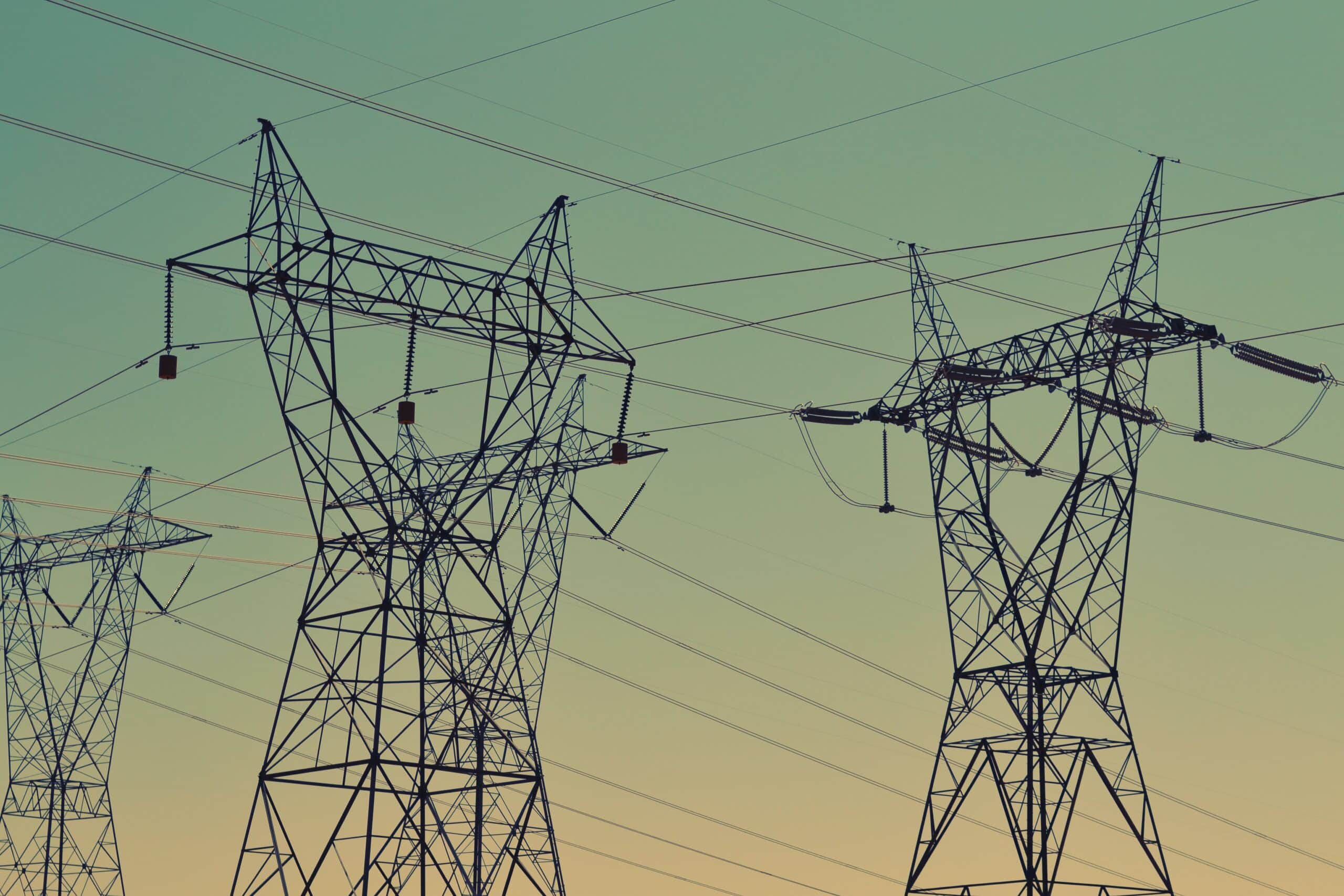With its high peak demand, erratic supply and constant power cuts, Lebanon’s electricity sector is chaotic. The country is currently battling one of its worst economic crises in decades. The country defaulted on its national debt in 2020, and its currency has collapsed in value. An acute energy crunch is worsening problems, with households nationwide grappling with long power cuts — some regions face blackouts for up to 23 hours a day.
The state-run utility Electricite du Liban (EDL), which accounts for about 90% of the country’s electricity production, has been plagued by dire cash shortages, and has only been able to provide power to households for a few hours a day. Faced with power outages, many Lebanese have resorted to using expensive private diesel generators for electricity.
Due to the nation’s economic turmoil and surging fuel prices due to its weak currency, along with removal of government subsidies and the Russia-Ukraine conflict, the finances of many Lebanese households are hurting, forcing them to seek alternatives.
As a result, some residents have chosen to invest in renewable energy by installing solar panel systems. Banks have also reportedly begun offering loans to those looking to install solar power systems. However, not everyone has been able to afford solar energy, even though prices have dropped significantly over the past decade.
Lebanon’s energy mix in 2017 was 48% thermal (mainly natural gas), 40% hydroelectric and 12% renewable (mainly wind). In 2022, the country’s energy mix will be shifted towards more renewables and hydropower. The government is currently planning to install around 600 MW of new solar PV capacity, nearly 700 MW of wind power, and around 200 MW of new hydroelectric capacity. While Lebanon’s thermal capacity will decrease to around 40% by 2022, the share of hydroelectric and renewable energy will more than double.
In 2022, Lebanon will add a total of 1,300 MW of new power generation capacity – 600 MW of solar PV and 700 MW of wind power. To put this in context, in 2016, total installed capacity was 882 MW, of which only 11% was renewable. A large portion of the new capacity will be installed in the first half of the year, with the rest coming online towards the end of 2022.
Image Credit: Fré Sonneveld on Unsplash



















